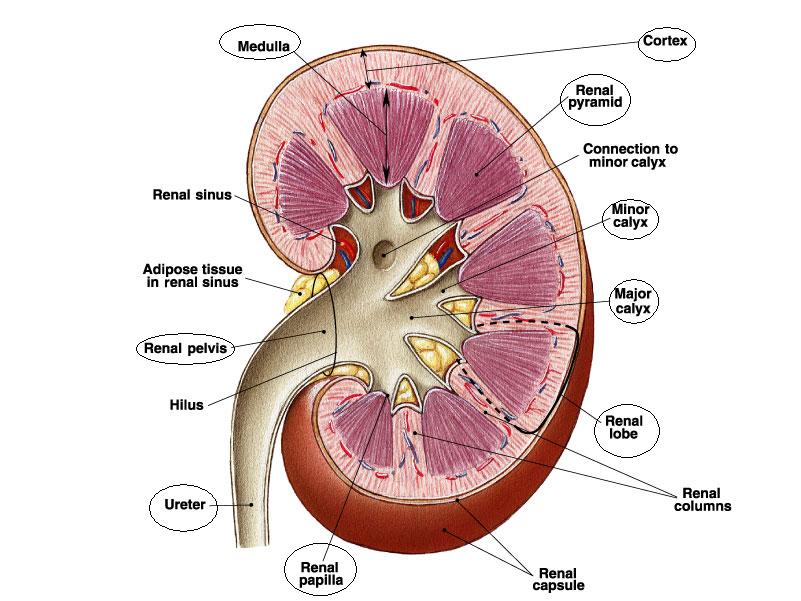1. Changes in urinary function
·
Change in amount, frequency of urination
·
May be an increase or decrease, especially at night
·
May also look more dark colored
·
Feel the urge to urinate but are unable to do so when in the
restroom
2. Difficulty or pain during voiding
·
Difficulty or feel pressure or pain while voiding
·
Urinary tract infections may cause symptoms such as pain or
burning during urination
·
When these infections speed to kidneys, they may cause fever
and pain in your back
3. Blood in the urine
4. Swelling
·
Swelling hands, feet, ankles and / or face
5. Extreme fatigue and generalized
weakness
·
Kidneys produce hormone called erythropoietin which helps
make red blood cells that carry oxygen
·
Kidney disease lower levels of erythropoietin which causes
decreased red blood cells in the body, resulting in anemia
·
Decreased oxygen delivery to cells causing generalized
weakness and extreme fatigue
6. Dizziness and inability to concentrate
·
Anemia also depletes brain of oxygen which may cause
dizziness, trouble with concentration, etc.
7. Feeling cold all the time
·
May even feel cold even when in a warm surrounding due to
anemia
·
Kidney infection (pyelonephritis) may cause fever with chills
8. Skin rashes and itching
·
Kidney failure causes waste build-up in the blood
·
This can cause severe itching and skin rashes
9. Ammonia breath and metallic taste
·
Kidney failure increases level urea in the blood (uremia)
·
This urea is broken down to ammonia in the saliva causing
urine-like bad breath called ammonia breath
·
Usually associated with an unpleasant metallic taste
(dysgeusia) in the month
10. Nausea and vomiting
·
The build-up waste products in the blood can also cause
nausea and vomiting
11. Shortness of breath
·
Kidney disease causes fluid to build up in the lungs
·
Anemia stares body of oxygen, thus may cause trouble catching
breath
12. Pain in the back or sides
·
May feel a serve cramping pain that spreads from the lower
back into the groin (if there is a kidney stone in the ureter)
·
Pain may also be related to polycystic kidney disease (an
inherited kidney disorder) which causes many fluid filled cysts in the kidneys
Shared
from:
Green
Yatra Blog
greenyatrablog.com











